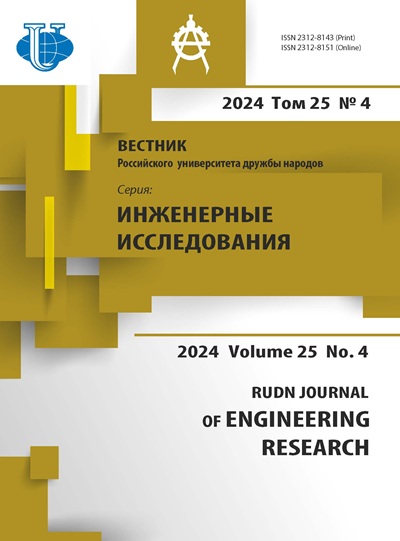Abstract
With the advent of expanded standards of transfer of information flows (DVBS2X type) from Earth remote sensing spacecraft (remote sensing), there was an opportunity to switch its parameters for transfer of the increased (reduced) data stream to VHSR operating time. For example, switching of modulation and coefficient of interference-immune LDPC (Low Density Parity Check codes) of coding. It allows to reduce power costs for data transmission and to raise the general information flow of data from remote Sensing Satellites (RSS) to Ground Stations (GS) several times. Estimations of theoretically possible transitions to the next transmission mode of data (transition to the level of 0.5-1.5 dB) are made that gives a total gain in increase in a flow of transmitted data can reach 2.0-2.5 times with the possible number of switchings up to 10. In practice, considering the fluctuation nature of the distribution ogtht the signal level during its transmission to Ground Stations, switching is provided in smaller (3-5) number of transitions (at achievement of a power stock 3-5 dB) that leads to a gain in data transmission by 1.5-2.0 times.
















